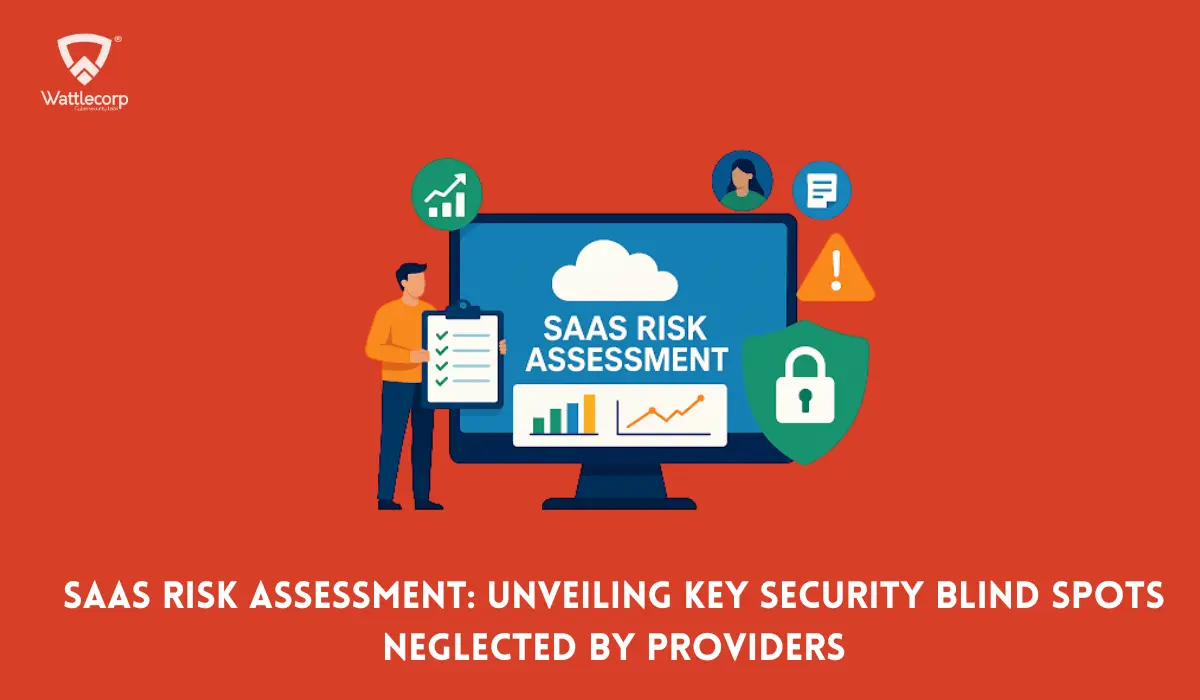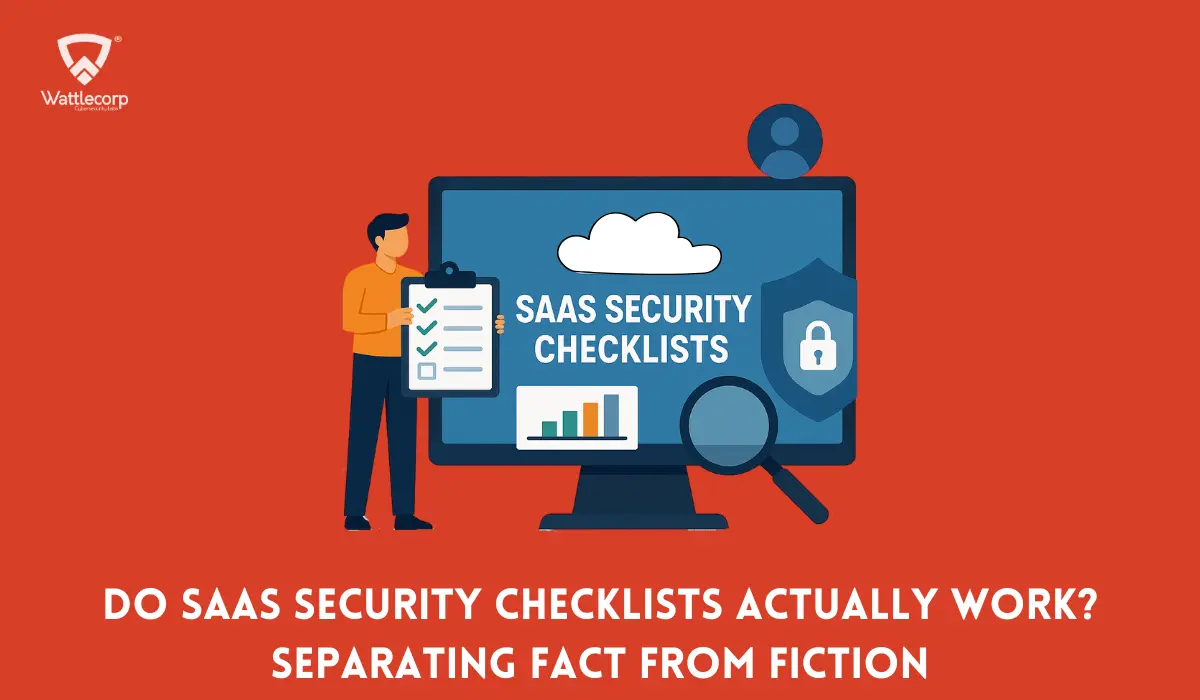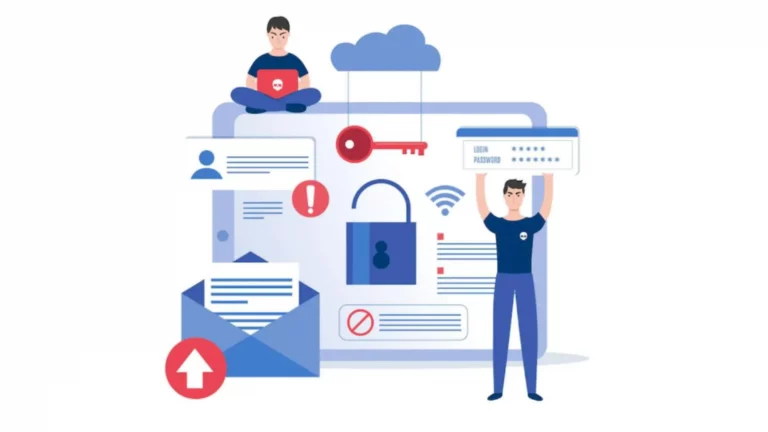Most people may picture a basement-dwelling loner when they think of a
cybercriminal, but that is not the case for the most part. A modern large-scale cybercrime unit looks like a corporate enterprise and is often more skilled than the security teams working to stop them. More often than not, hackers around the world with varied skill sets come together to target a common victim, thereby giving rise to the word “
organized cybercrime”. Due to the level of
anonymity available on the internet today, it is almost impossible to catch them. Organized crime groups typically have a home base in weak states that provide safe havens from which they conduct their transnational operations. In effect, this provides an added degree of protection against law enforcement and allows them to operate with minimal risk.
Read More: How to Create Strong Passwords A
cybercrime ring often adheres to an organizational structure with fixed roles, and an agreed-upon chain of command. There will be an organizational leader at the top, who is responsible for planning each
cyberattack and ensuring that every person below them understands their role and communicates effectively both up and across the chain of command. Below the leader will be various tech specialists, which may include but are not limited to in-house programmers to create malware that spreads quickly and widely while evading detection, network administrators who decide when and where to strike in the network, and
intrusion specialists who make sure the malware is properly injected and running.
Data miners and financial specialists may also be a part of the team, to analyze and structure the data, and determine its worth in various black markets respectively. As cybercriminals carry out transactions via untraceable means such as bitcoin, and the exchange of information is carried out on the dark web, anonymity is easily achieved and it becomes very difficult, if not impossible to track them down. There are three main ways that
cybercrime impacts business. The first one is the cost of protection. There are costs in
identifying risks, building new and safer operating procedures, and buying protective software and hardware. For businesses with complex or sensitive operations, this often involves hiring a cyber-security consultant to develop a customized solution. Apart from these upfront costs, the systems must be monitored and tested regularly to ensure that they are still effective against emerging cyber-attacks. The next one is when cyber activists attempt to shut down a company’s online operations to protest against the way they are doing business. Major corporations such as
PayPal and Mastercard have been affected this way. The last way a cybercrime can impact business is that companies may be forced to rethink how they store the data to protect it from any vulnerabilities. Many companies have stopped collecting sensitive customer data such as social security numbers and dates of birth altogether. Some of the attack techniques used to carry out an organized cybercrime are botnets, which is a networks of software bots used to spread malware,
denial of service (DoS) attacks that flood a network or server with a large number of requests, such that no other user will be able to use it, and social engineering techniques which aims to attack a company’s most vulnerable asset, it’s employees. Hacker groups may also use techniques such as a zombie computer, which is a random computer that has been hacked into and is under the control of the hacking group, to launch an attack, thereby increasing the level of anonymity.
There are numerous ways by which an organized cybercrime is carried out. Each group may have its own unique method, but we can generate a high-level blueprint of the methodology used by most hacker groups to target an organization. First, a detailed study of the company and the services it offers is conducted. The domains in which the company works are studied and the strength of its cyber threat response team is also analyzed. After learning as much as possible about the company, members of the group physically try to penetrate into the company. This may be achieved by social engineering techniques such as establishing contact with employees of the company, befriending security personnel, or sending
emails to new employees of the company who are usually more vulnerable, tricking them into giving away sensitive information. Once a pathway into the network has been established, the hackers connect to the network, use
tools and skills to collect as much data as possible, and maybe even compromise the whole network. Malicious software may be deployed, or ransomware could be set up. Meanwhile, the data they have already collected can be sold to interested parties in the black market. Then, the hackers have to figure out a way to get out of the network and clear their tracks so that they are not caught, and a successful cyberattack is completed.












2 thoughts on “How Organized Cybercrimes Are Operated Across The Globe”
Like!! Great article post.Really thank you! Really Cool.
Thank you, I’ve just been looking for info about this subject for a long time and yours is the best I have came upon so far.